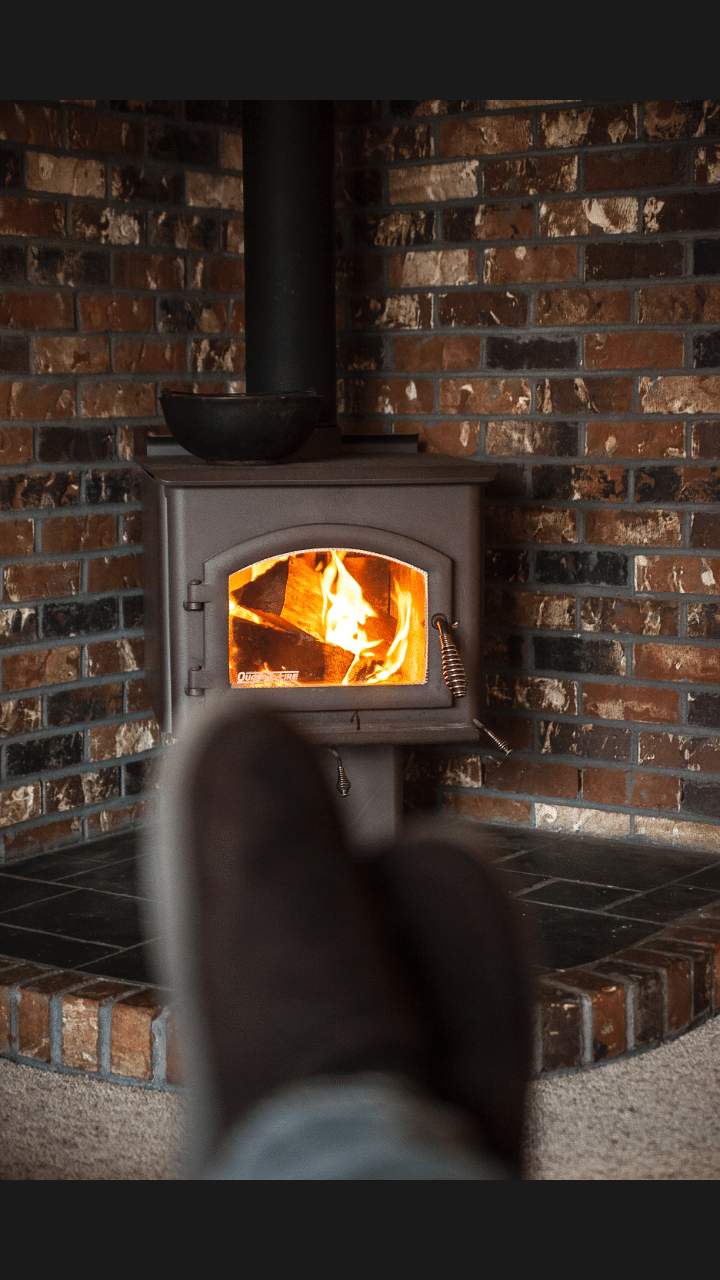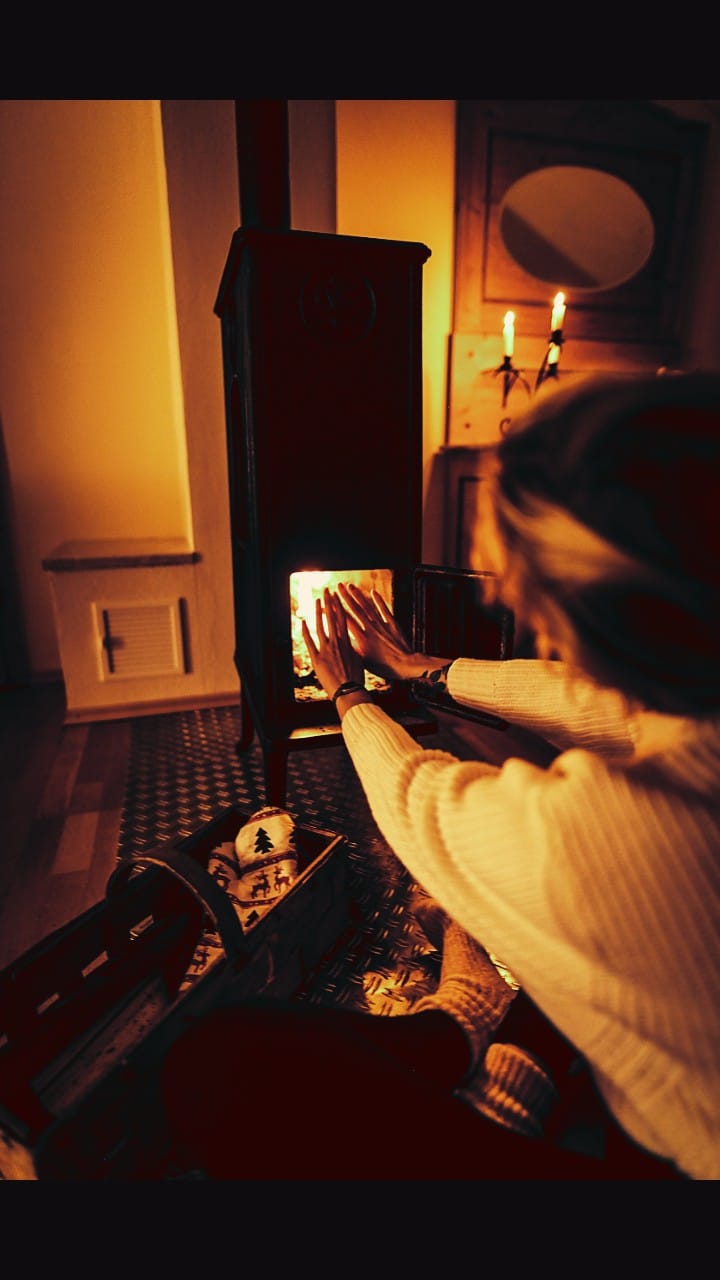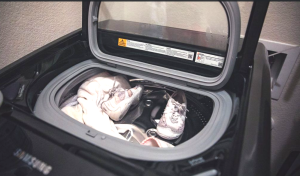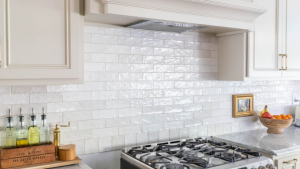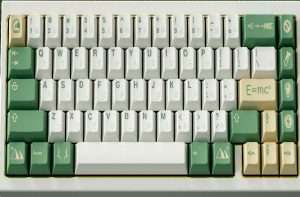Signs that your Furnace is Dying and Need Replacement
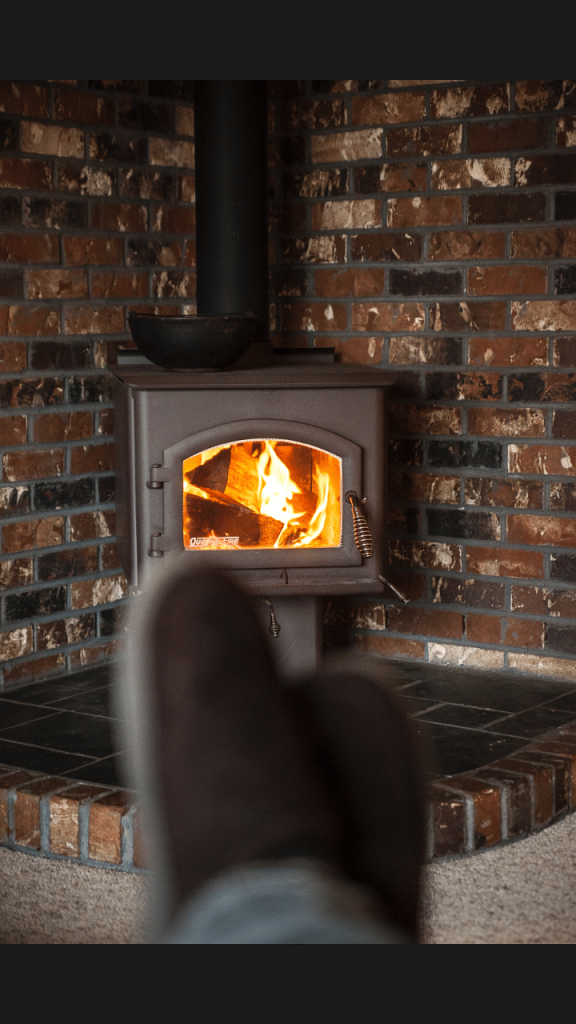
All good things in life come with an expiration date. In the winters, you need to ensure that your furnace is up to the task of keeping you warm.
If you have had it for quite a while now, you need to pay attention to certain clues about what’s (possibly) wrong with it.
In this article, we look at the warning signs that scream out the need to replace it.
Going through these will help you to know
- The average life of a furnace blower motor,
- When it’s leaking carbon monoxide and likely going to explode,
- Whether to replace the blower motor or buy a new furnace
Your Furnace is More than 15 Years Old
Most modern ones have a lifespan of 20 to 30 years.
Most people will start looking for a furnace at the 15-year mark, but there are many ways by which you can make the most out of your existing furnace.
You can, for instance, make sure that the breakers and shut off switches are in working conditions.
You could also replace the clogged filters with clean ones that will enable proper airflow.
However, if you find yourself repairing it often, then it is one of the most evident signs you need a new furnace.
They are like cars – the older they get, the more maintenance they will require.
On the other hand, if it is working fine without any need for maintenance, but you’d like to get the utility bill down, there are a few options available.
Upgrade your thermostat, clean ducts, get a portable heater, or add extra blankets in your house.
You can always check in with the HVAC experts to know which option may be the best for you, depending on your furnace.
Visible Soot around the Registers
One of the clear-cut signs of a broken furnace is if it starts to spew out dust and dirt particles.
It can not only be irritating to those who want to keep a clean house but can also be dangerous to your family’s health.
Finding rust or soot around the registers is a sign that it has excessive CO2. It can cause dryness which is bound to affect furniture, walls, flooring, and plants.
Soot around the furnace registers may end up causing irritation, headaches, dry eyes, and respiratory problems, especially for people who have asthma.
That is why it is best to change your furnace if there is visible soot around the registers.
Noisy Furnace
If it has gotten louder through the years, it may be time to get a new unit.
The different types of noises will tell you what to know when replacing a furnace.
Depending on the damage, you may need to replace a few parts or the whole unit.
- Rattling: This noise usually occurs if there are loose screws or sheet metal inside it. It could also be the result of an unsecured duct or an unbalanced lower motor.
- Popping: This noise comes about when the parts within the furnace become hot or cool with changes in temperature.
- Humming: If it begins to hum, it could be due to a failure of the blower fan motor. The fan motor usually produces humming sounds, but they should never get too loud or disruptive.
- Screeching: This could be a sign of a deteriorating belt, a loose bearing, or an overall issue with the blower/inducer motor.
Higher Utility Bills
The older it is, the harder it will have to work to generate heat, and as a result of this, your energy consumption and utility bills rise skyward.
If you witness sharp increases in bills and your furnace technician knows you by name, it is one of the obvious signs you need a new furnace.
You can compare temperature changes and the energy use per year to check if the furnace is indeed working harder and longer hours than it used to.
The Temperatures in Different Rooms are Different
As time passes, your furnace will lose the ability to efficiently and adequately heat your house uniformly.
As a result, some rooms become colder than others do.
The most likely reason for this is the outdated duct system of your old furnace that has lost its ability to distribute heat evenly and efficiently throughout the house.
Your Burner Flame is Yellow When it should Be Blue
If your burner flame comes out yellow, it is a clear indication that carbon monoxide is being produced in your furnace.
If not that, at the very least, your furnace is not able to burn fuel efficiently.
Anytime the flame color is anything other than blue. It signifies incomplete combustion or a potentially dangerous situation such as a gas leak or production of carbon monoxide.
Carbon Monoxide is dangerous to your health. It is tasteless, odorless, and colorless, its exposure can be lethal.
A few other indications that your furnace is producing carbon monoxide are as follows:
- Soot around the furnace
- There is no upward draft in the chimney
- Moisture on walls, windows, and other cold surfaces
- Rusting on pipe connections
Get out of the house and call your utility company to turn the gas off if your furnace shows signs of carbon monoxide production.
At this stage, you would have to replace your existing furnace with a new one.
Conclusion
If you spot even three of the signs mentioned above, it is high time that you replace it.
Knowing when to replace the furnace will help you in the end.
It will keep your repair costs and your utility bills under control, and it will keep you from potential dangers of a malfunctioning furnace.
You may still need to get the furnace properly installed to get it working to its full capacity.
For such purposes and many more, contact HVAC professionals.
Signature
Kay Burton is a writer for homemakerguide and as an expert mechanic, gardener, builder and a DIY specialist that can repair everything that’s related to a house and garden.
